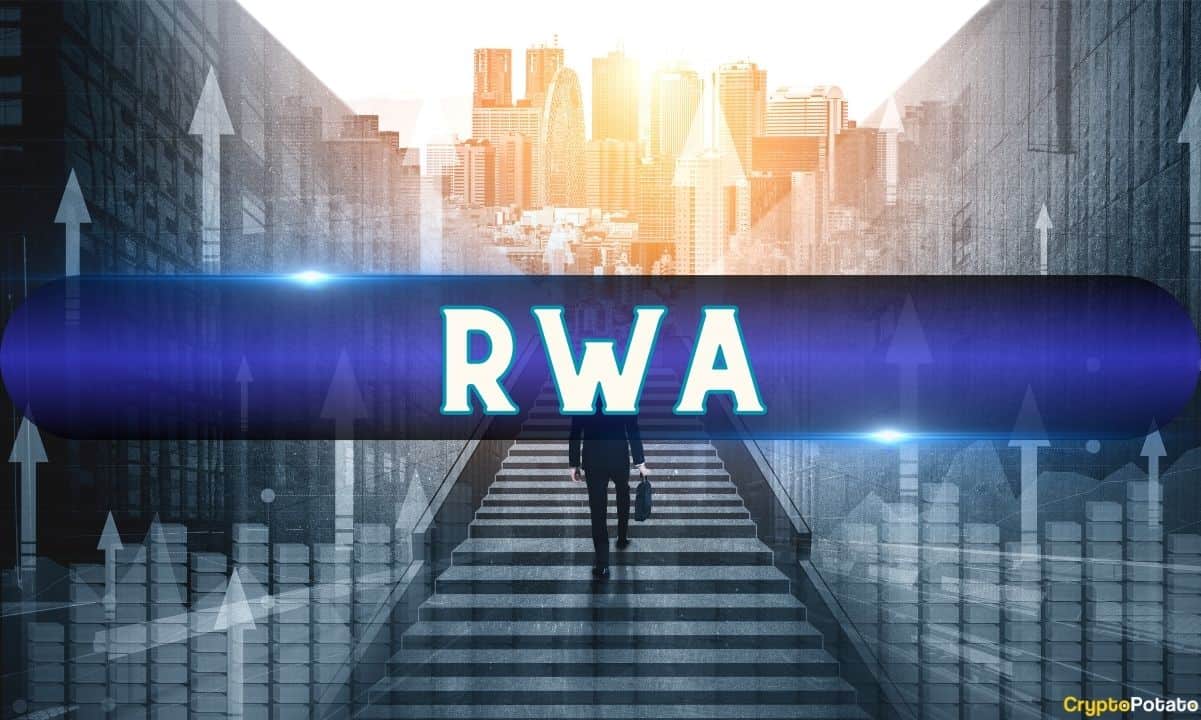
The growing tokenized funds sector could see its value reach $600 billion in the next six years, according to a whitepaper jointly released by Boston Consulting Group (BCG), Aptos Labs, and Invesco.
Currently, the tokenized assets market, representing tangible resources such as real estate, art, and traditional securities on a blockchain, boasts more than $2 billion in assets under management (AUM), with future growth expected to accelerate as on-chain finance matures.
Unpacking the Tokenization Boom
According to the BCG report, the shift towards tokenization could offer increased programmability and transparency. It would also allow for instant transactions and 24/7 transferability while offering liquidity and fractional ownership options.
The report foresees tokenized funds capturing at least 1% of global mutual fund and exchange-traded fund (ETF) AUM by 2030. This would parallel the rapid rise of traditional ETFs when they were first launched in the 1990s.
Given that the mutual fund market is expected to be worth an eye-watering $60 trillion at that time, the 1% would translate to a valuation of approximately $600 billion.
The consultancy firm identified two growth paths for tokenized funds that would lead them to the projected valuation. First, asset managers may launch new fund vehicles to appeal to younger and more tech-savvy investor pools. Alternatively, they could convert existing fund structures, including mutual funds and ETFs, into tokenized models.
Regulatory Advances to Fuel Growth
If supported by clear regulatory lines, BCG believes such strategies could catapult the market into the trillions, although the $600 billion figure remains the conservative estimation.
Jurisdictions like Japan, Hong Kong, Singapore, and several Middle Eastern countries are laying the groundwork for this anticipated boom. For example, the Hong Kong Monetary Authority (HKMA) is running initiatives like the e-HKD+ and Project Ensemble to create favorable environments and frameworks for tokenized assets and blockchain-powered digital currency ecosystems.
Several blockchain companies and traditional finance firms have also entered the seemingly lucrative sector, which, according to data from RWA.xyz, currently boasts more than $13 billion in total on-chain real-world assets.
Earlier in the year, crypto payments platform Ripple partnered with Canadian startup Axelar to advance RWA tokenization and boost interoperability within the XRP Ledger blockchain.
More recently, American financial services giant Fidelity joined the race, with reports indicating it was evaluating stablecoins and tokenized treasury products.
Around the same time, blockchain oracle provider Chainlink was collaborating with ANZ, one of Australia’s largest banks, under the Monetary Authority of Singapore’s Project Guardian. The goal was to enable the cross-chain exchange of tokenized assets via Chainlink’s Cross-Chain Interoperability Protocol.
This article first appeared at CryptoPotato

